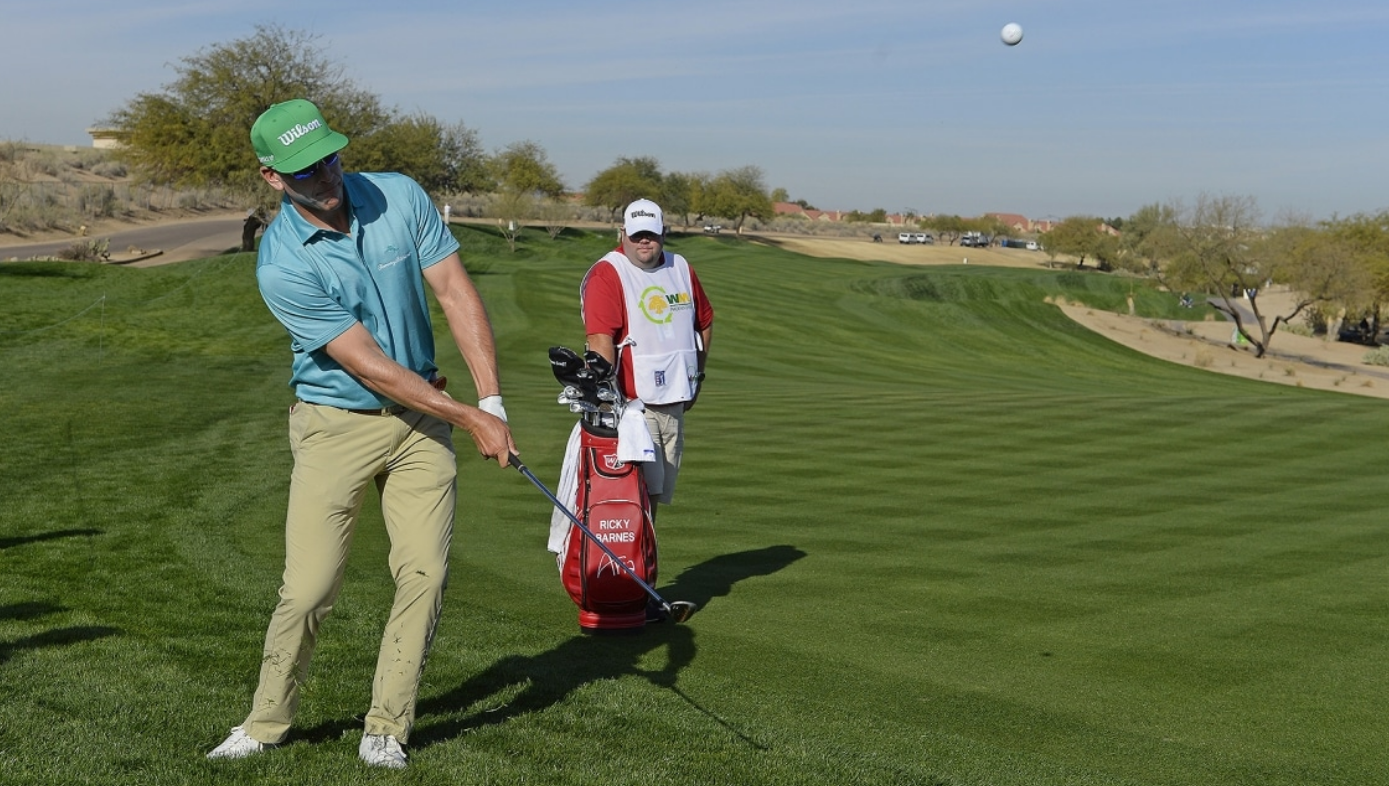Opportunistic Whining? Tours Had A Seat At New Rulemaking Table
/You all may recall chief Keith Pelley chirping on behalf of outraged European Tour players at the sheer non-game-growing new rule that cost Haotong Li two strokes, though as I noted at the time you didn’t hear PGA Tour players griping because they clearly were more up on the new rules. And Pelley was taking his tour to Saudi Arabia, so a distraction card was also being placed on the table.
When the PGA Tour players started running into issues in Scottsdale, the inevitable cries of rulemaking unfairness were followed by the cheers from current and former players for the PGA Tour finally showing the amateurs in St. Andrews and Liberty Corner how it’s done. The PGA Tour’s statement after the McCarthy episode:
“It is clear that there is a great deal of confusion among players and caddies on the practical application of the new rule during competition, as well as questions surrounding the language of the rule itself and how it should be interpreted,” the Tour announced in a statement on Saturday. “As a result, with the full support of the USGA and the R&A, the rule will be interpreted whereby the two aforementioned situations as well as future similar situations will not result in a penalty.”
One problem, the PGA Tour and the European Tour were all in on the new rules meetings, as was the PGA of America.
Rex Hoggard at GolfChannel.com takes a tough but appropriate stance on any PGA Tour player and executive revisionist history.
Although the Tour has had a voice in the rule-making room for some time, the USGA and R&A agreed to give the circuit, as well as the PGA of America, more influence over potential changes when the organizations found themselves at odds during the anchoring debate a few years back. The Tour, which is represented on the rule-making front by senior vice president of competitions Tyler Dennis, may not have veto power over potential changes but it does have a prominent seat at the table.
For the Tour to dig in against the new rule, or at the least the rule’s ambiguous language, just as public opinion against it was poised to reach a crescendo, seems opportunistic if not duplicitous.
Ultimately the mistakes lie in not having a soft unveiling of these rules and perhaps a few fall events to work out the kinks, not necessarily in the rules themselves. At least, most of them.



























